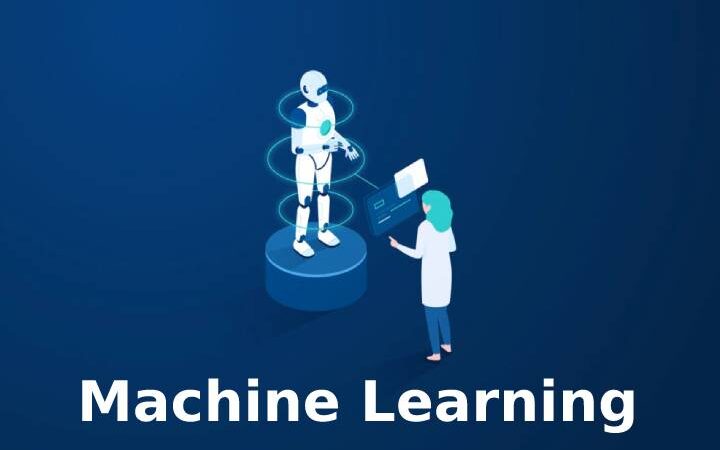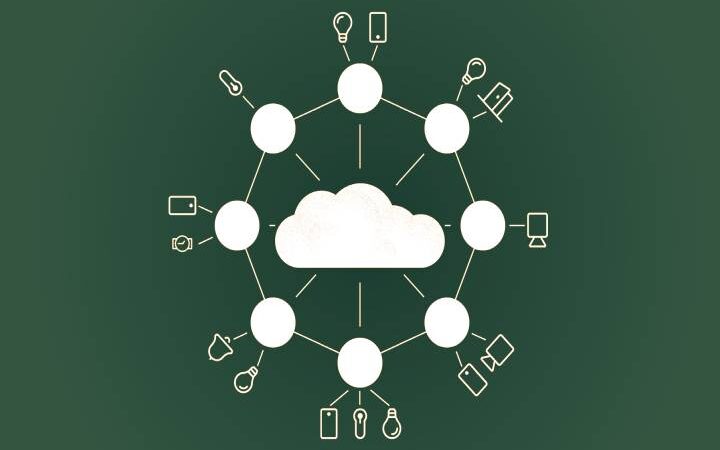What Is Data Mining And What Is It For?

Data mining is the set of techniques and technologies used for data extraction. Data is often mined to detect norms, patterns, and trends in user behavior. Mathematical algorithms must first interpret the extracted data to do this. These segment the data and assess the probabilities of future events. Data mining consists of the following stages:
Determination of objectives/problems
This stage involves locating the company’s problems or areas for improvement and establishing them as objectives. A company can rely on a Business Intelligence (BI) tool or something more basic such as an analytical tool such as Google Analytics. In this way, where the business process fails is located, a plan can be established to carry out the data mining.
For example, a company’s purpose is to increase sales of a specific product in its catalog. So, the objective of the data mining will be to find out which consumers are the most likely to buy said product. A predictive model is created based on those customers who have purchased it. Likewise, data must also be included to establish relationships of similarity between those who bought the product. These relational data can be age, gender, location, etc.
Data collection and data preparation
Once you have established what data you want to collect, it is time to manage it. By gathering the data, the severity level of the problem can be studied. The current situation concerning the problem is analyzed, what the objective is and what it would take to achieve it. It is decided if specific data can be discarded or if additional data needs to be added. In addition, at this stage, it is also identified if there are data quality problems (if they are duplicated, if the information is missing if they are inconsistent). Data integration systems and master data management help see if the quality is good, if there are missing details, and even if they are duplicates.
Once all the data is collected, it is prepared for the next phase, modeling ( data modeling ). The information is cleaned, redundancies are removed, and patterns are sought in the data and transformed into the optimal format for modeling. You must also select the tables, attributes, and cases (nodes that represent the entities that participate in the investigation, for example, age groups, companies, etc.). For example, the database column that contains the date of birth data is transformed to display only the age.
Likewise, it is used to search for data closer to reality. Preparing the data well will improve the information reflected in the analyses. For example, instead of putting the average receipt of each purchase as an attribute (average customer spending for each purchase), you can search for the number of times that a permit exceeds a certain amount of money in a period of 1 year. In this way, you can see if these sales have been due to being in sales periods or due to a campaign.
Data modeling
The data is subjected to mathematical algorithms and statistics in data modeling. If, when performing the algorithmic calculations, the BI system reflects a problem with the data, they were not transformed correctly, and the preparation phase will have to be re-performed. Also, at this stage, the data often goes through artificial intelligence processes, which helps determine patterns of correlation between the data that might be important.
Evaluation
Once all the previous phases have been carried out, it is time to evaluate if the results obtained are coherent and if they help to cover the initially set objective. Returning to the example of stage 1 (determination of objectives/problems), it is checked whether the analysis provides new and relevant information for decision-making to increase the sales of a specific product. To do this, the analysts in charge of data mining will ask themselves questions such as:
- Is there a clear pattern of potential consumers of the product?
- Is additional information needed to specify the profile of potential clients?
- Etc.
The result of these questions can be obtained by checking the initial state that was had when determining the company’s objectives with the current one. The analytics tools allow you to create views of the problem’s level, for example, in July and what it is like in September after you have implemented the changes to fix it. If the result fails to answer these questions, the entire data mining process will have to be started.






